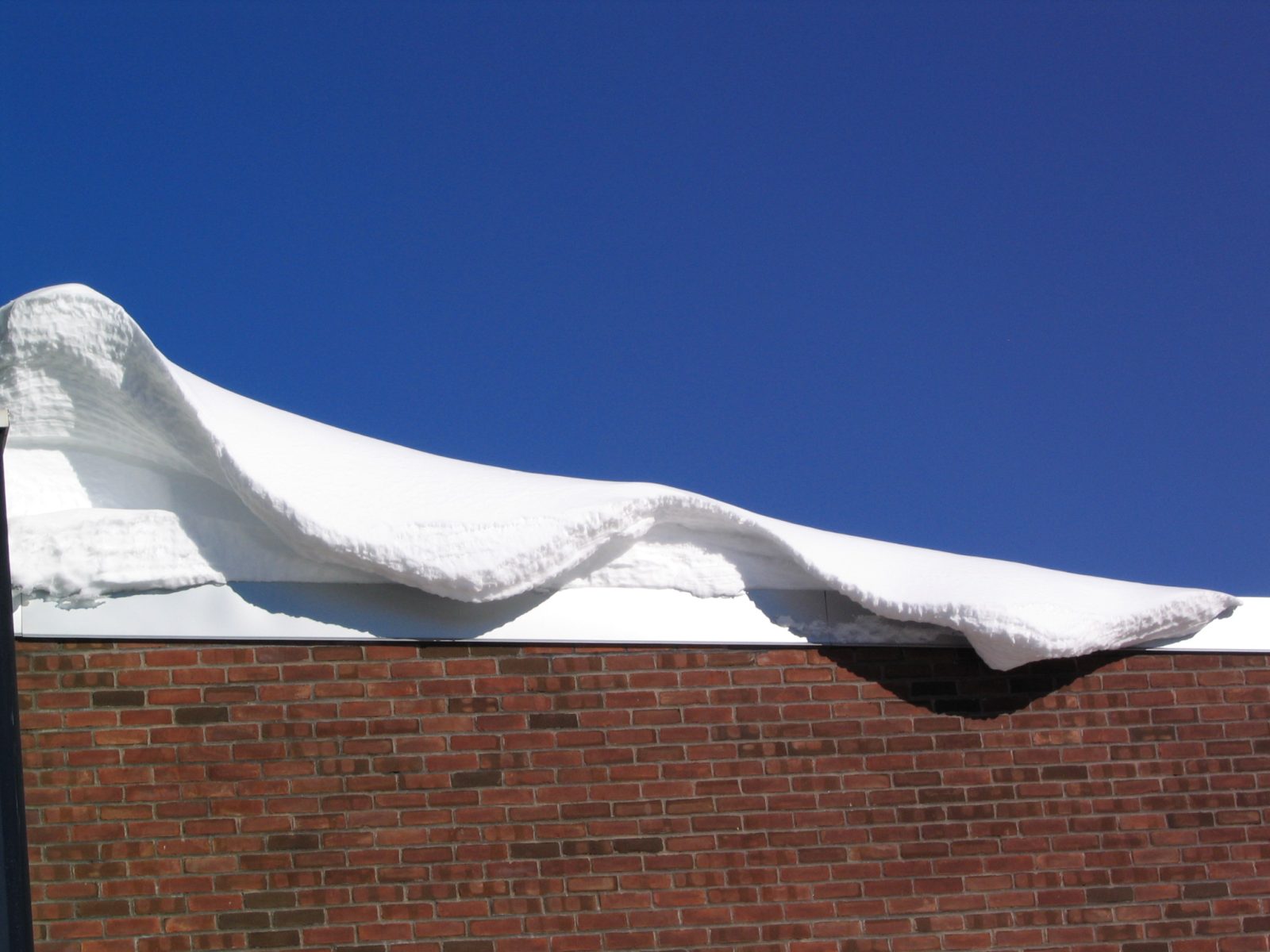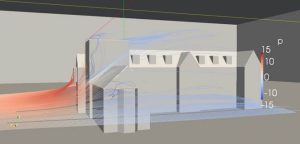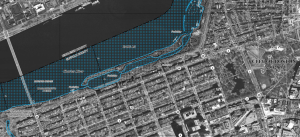Considerations for the 9th Edition Massachusetts State Building Code

On 20 October 2017, the ninth edition of the Massachusetts State Building Code (MSBC, 780 CMR) went into effect with a concurrency period through the end of 2017. New requirements update the eighth edition MSBC to align with the 2015 International Code Council (ICC) model codes – including the International Building Code (IBC), International Residential Code (IRC), International Existing Building Code (IEBC), International Energy Conservation Code (IECC), and other model codes – with Massachusetts-specific amendments. With little more than a two-month transition period, it is important for project stakeholders to understand changes and new requirements.
About the Code
Massachusetts periodically updates its building code to incorporate information and developments regarding safety, materials, and technology from the architectural, engineering, and construction (AEC) industry. The state bases its code on ICC model codes and makes amendments that respond to local and regional concerns.
Massachusetts adopted the eighth edition in 2010 based on 2009 ICC model codes, and in 2016 incorporated energy efficiency requirements from the 2015 IECC. These latest changes affect new construction, renovation, and rehabilitation projects for commercial and residential structures, including structural and building enclosure design, fire and life safety requirements, testing procedures, materials selection processes, and more.

What Has Changed?
Project stakeholders must understand the code’s full scope and respond to the nuances of each individual project. Massachusetts design professionals, including architects and engineers, will need to pay particular attention to the following:
Climate Conditions
- Snow: The code has new provisions for developing design snow drifts and sliding snow loads. Requirements associated with the design of snow guards and their connections to the roof structure are updated.
- Wind: Wind load calculations are now based on ASCE 7-10.Calculated wind loads are factored loads and not service level loads.
- Flooding: Amendments create more stringent requirements in flood hazard areas, including new definitions of terms related to flood design and amended minimum elevations for lowest horizontal structural elements.
- Wind load consideration
- Flood hazard consideration
Energy Efficiency
- Rooftops: Certain roofs must have up to 50% of the roof area designated as solar-ready space, with construction documents listing dead and live structural loads. The code also increases prescriptive thermal requirements for continuous insulation placed above roof decks.
- Efficiency Package Options: Mandatory options and requirements under the prescriptive compliance path are expanded.
Materials and Testing Procedures
- Stretch Code: The Massachusetts stretch code, applicable in local communities where adopted, is updated and based on the 2015 IECC.
- Vapor Retarders: Design using hygrothermal analysis is now permitted in lieu of prescriptive use of vapor retarders.
- Composites: Requirements for using meta composite materials are expanded, including a new section addressing wood/plastic composites and plastic lumber.
Fire and Life Safety
- Exterior Walls: Flame propagation (NFPA 285) testing requirements are updated and new exceptions are added for exterior wall assemblies containing foam plastic insulation, water-resistive barriers, and composite paneling.
- Height and Area: Allowable height and area tables are reformatted to include increases for sprinkler protection (increases for frontage are not included).
- Egress: Means of egress through an elevator lobby is now expressly allowed if at least one exit is accessible without traveling through the lobby. Clarifications for measuring exit separation are added.
- Roofing: Rooftop gardens and landscaped roofs must now meet the fire code.
- Podium Approach: Type IA podiums are now allowed to be multiple stories above grade.
- Mass Timber: Cross-laminated timber (CLT) is now a recognized material under Type IV construction.
What Happens Next?
These changes affect building owners planning new construction or renovating existing buildings, as well as AEC professionals and contractors in Massachusetts. Current and ongoing design projects using the eighth edition must file for building permits on or before 31 December 2017. Applications after 1 January 2018 will need to comply with the ninth edition if project-specific relief is not granted through the Massachusetts Building Code Appeals Board.

